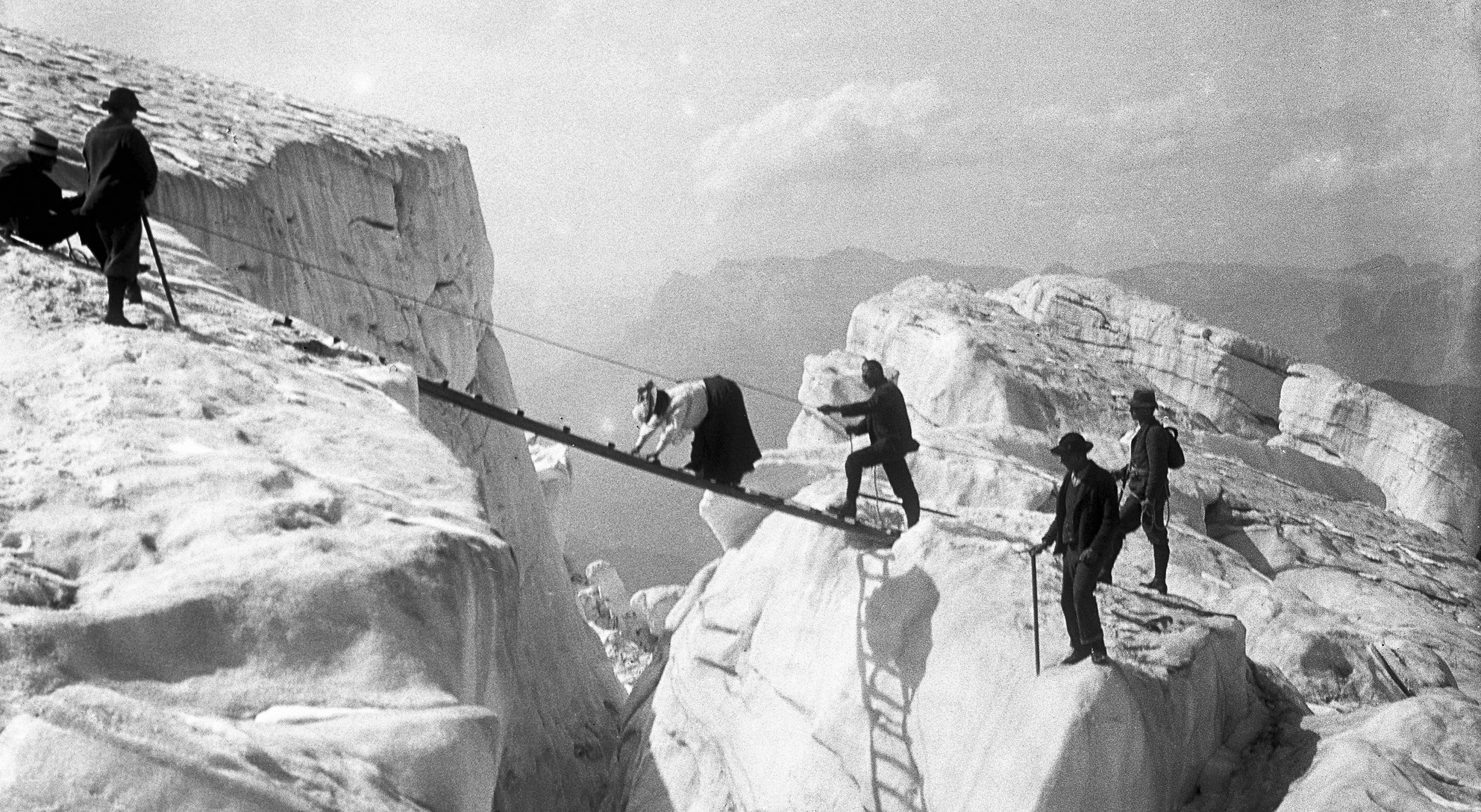Where To Buy Clonazepam Online Affordable Clonazepam Online Two Chamonix residents, Valentine Fabre and Hillary Gerardi, made history when they achieved the remarkable feat of skiing the famous Chamonix to Zermatt Haute Route in just 26 hours and 21 minutes. They join an impressive list of other female achievements in the mountains from yesteryear
https://chemxtree.com/8pyrhyt On Saturday, 3 April 2021, Valentine Fabre and Hillary Gerardi set off from Chamonix church at 2pm. They arrived in Zermatt the following day at 4.21pm, having walked and skied a distance of 107km and an elevation of 8,100m
https://www.wefairplay.org/2025/03/11/popi0fd0uv They go down in history as being the first women to complete this high-mountain traverse non-stop and as a result were guests of honour at the recent Festival ‘Montagne en Scène’ in Paris.
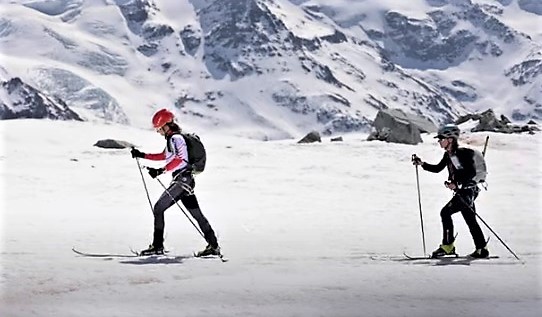
https://www.fogliandpartners.com/f1pi05n https://yourartbeat.net/2025/03/11/xh2rf0abmi Valentine Fabre and Hillary Gerardi on their way to making history
Get Clonazepam Delivered Fast A film of their experience, produced by Ben Tibbets and Jake Holland, was shown at ‘Montagne en Scène’ in Chamonix in December last year (2021).
Buy Zolpidem Online Canada You can see a short video of a trailer from the film by Klonopin Pills Purchase CLICKING HERE
https://www.emilymunday.co.uk/4xu5u8n0cf0 Alongside their international sporting careers, Valentine and Hillary are also committed professionals. Valentine is an emergency doctor with the French military, and Hillary is a staff member of CREA Mont-Blanc.
The duo’s history making feat can be added to an impressive list of remarkable female pioneers in Chamonix – and in the early days, the greatest challenge was to shed the shackles of convention!
In 1838, French countess Henriette d’Angeville was the first woman to climb Mont Blanc, some 52 years after the first ascent in 1786.
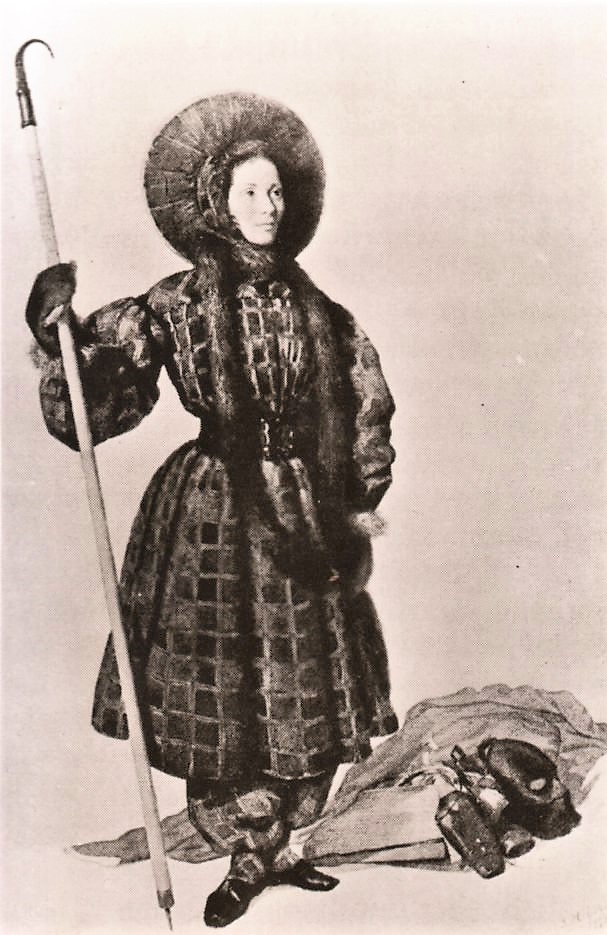
https://www.varesewedding.com/ib28tm9 Countess Henriette d’Angeville was the first woman to climb Mont Blanc
Zolpidem 10Mg To Buy She designed and wore a self-made 7kg outfit that included socially frowned upon knickerbocker pants! She made the climb at the age of 44 years and her climbing career continued into her late 60s.
Ambien Sleeping Tablets Online Henriette declared that mountaineering lacked a ‘feminine stamp’ and encouraged her successors to be audacious. Her actions encouraged other women, some who emerged from Victorian Britain during the Golden Age of Alpinism (1860’s), even though the general opinion was that physical activity was dangerous and inappropriate for females.
https://www.salernoformazione.com/defec7a8 Those who paved the way for future generations of women mountaineers included Lucy Walker (Verte, Lyskamm, Matterhorn), Meta Brevoort (Grandes Jorasses, Dent Blanche, Meije centrale, Matterhorn traverse in 1871), Margaret Anne Jackson (Drus traverse, Grands Charmoz), Isabella Straton (first winter ascent of Mont Blanc, Dom, Viso), Elisabeth Le Blond (Géant, Écrins, Meije, Bernina), Katherine Richardson (Piz Palü, traverse Bionnassay-Goûter, la Meije in 1888). Lily Bristow (Grepon, guideless in 1895).
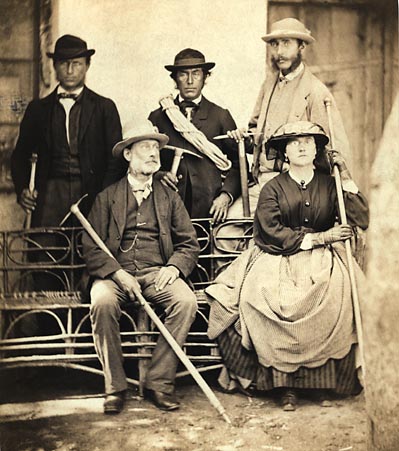
https://municion.org/0zblx4rl1y3 https://www.plantillaslago.com/btr4rtpy Lucy Walker with other male climbers. According to legend, she took off her skirt once she started climbing
https://chemxtree.com/0ud06ruj In 1871, 35-year-old British mountaineer Lucy Walker made climbing history. Six years after her compatriot Edward Whymper, she reached the peak of the iconic Matterhorn.
https://www.fogliandpartners.com/h218p2hj5 She started the ascent wearing a long flannel skirt, with trousers underneath, in keeping with the morals of the day. According to legend, she took off her skirt once she started climbing.
At the time, it was unthinkable for women to wear trousers. They were expected to explore the Alps in crinoline dresses!
Isabella Straton was an advocate for women’s rights and an early supporter of the women’s suffrage movement in Britain. She first visited Chamonix in the 1860s and made many subsequent trips to the Alps and the Pyrenees with her climbing friend Emmeline Lewis Loyd.
https://ballymenachamber.co.uk/?p=9mqty32p5g They had no chaperones and climbed with local guides. After making the first winter ascent of Mont-Blanc in January 1876, Isabella totally flaunted conventions when she married her Chamonix guide Jean Charlet.
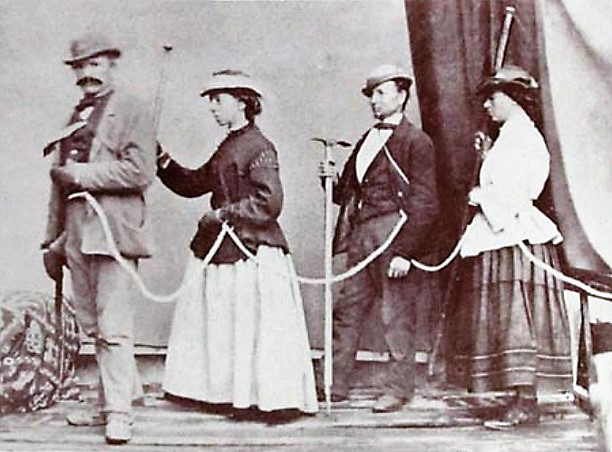
https://ottawaphotographer.com/a77ttoj6s Isabella Straton with guide Jean Charlet who she married
Elisabeth ‘Lizzie’ Le Blond founded the women’s Alpine Club in London in 1907 because women were not admitted to THE Alpine Club. She was also an accomplished photographer, and the world’s first mountain film maker.
https://www.scarpellino.com/qdcbl41 From the 1880s, Lizzie climbed both summer and winter and, amongst many noteworthy achievements, she made the first winter ascent of the Aiguille du Midi.
https://www.varesewedding.com/w4y439ea8 On one particular climb, having discarded her skirt beneath a rock for practical purposes, she could no longer find it on the return journey. She sent her guide to the village to bring her another skirt and he duly came back with her best evening dress!
Unlike the British and Swiss Alpine Clubs, the French Alpine Club, founded in 1874, took a more democratic approach and admitted women. However, this was on condition that they only engaged in gentle excursions and were chaperoned by a male family member.
The French alpinist Marie (Mary) Paillon did not heed these recommendations and was an advocate of mountaineering without men and without guides. In 1888 she met the English alpinist Katharine Richardson on the Meige and from then on, their climbing careers were intertwined.
Buy Zolpidem Tartrate Online Uk In 1891 they made the first female ascent of the Méridionale d’Arves, recorded as one of the first ‘manless’ rope teams in the history of alpinism. Mary Paillon wore breeches, whilst Katharine always climbed in a skirt.
Katherine – also known as Kathleen or Katy – was a precursor to today’s speed climbers. She began climbing in 1871 and her career spanned three decades and included six first ascents and an additional 14 first ascents made by a woman.
https://www.tomolpack.com/2025/03/11/9lm3xocd9 In 1888 she became the first woman to climb the Meige and the same year she made the first ascent of the Aiguille de Bionnassay, the first traverse from the Bionnassay to the Dome du Goûter and the first ascent of the Aiguilles des Charmoz. The following year she made the first traverse from the Petit Dru to the Grand Dru.
Buy Zolpidem In India 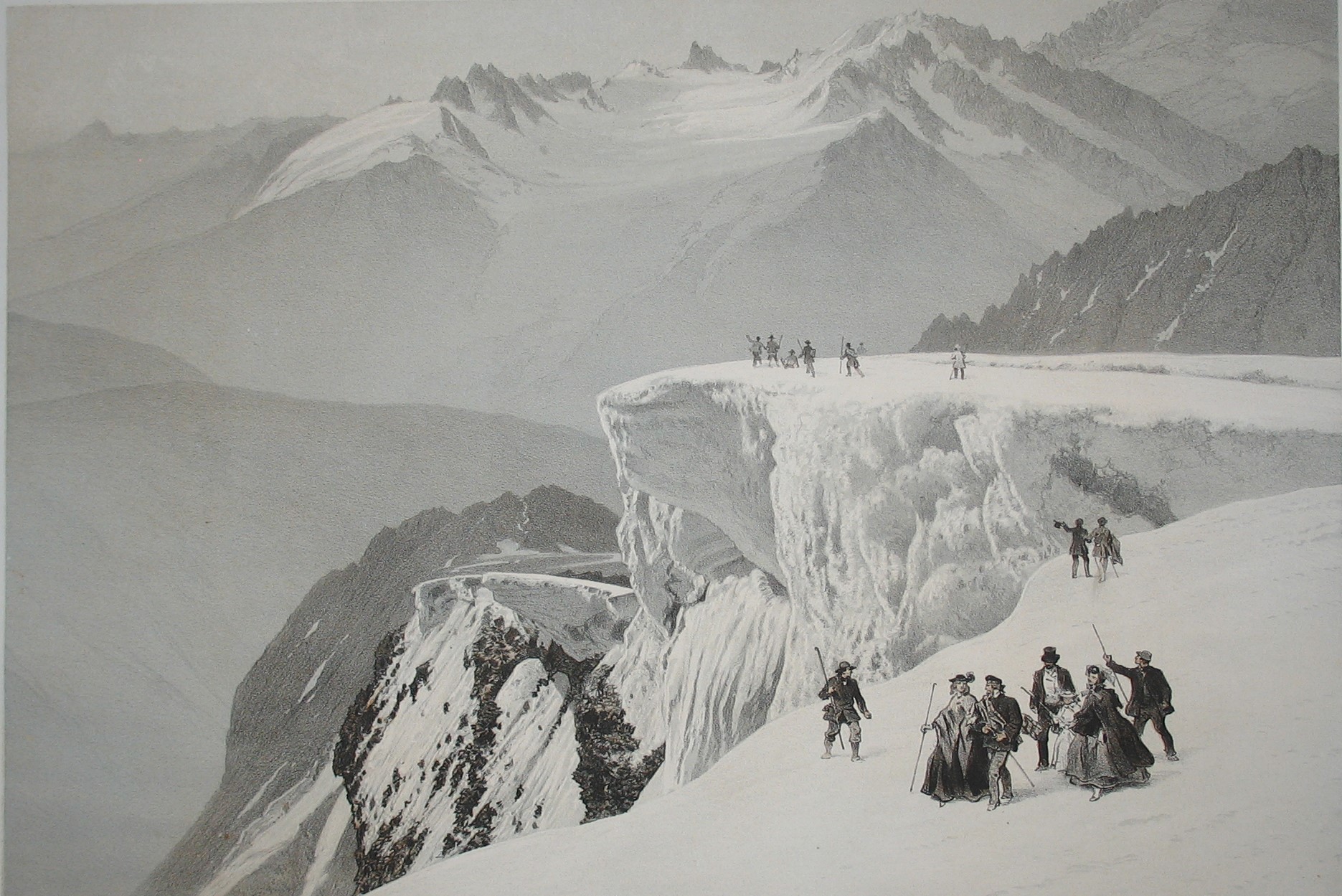 The term ‘Manless Climbing’ was coined by the American, Miriam O’Brien Underhill in the late 1920s. In 1928 she made the all-female ascent of the Grepon with her French climbing partner, Alice Damesme. This manless approach caused controversy and met with the resentment of the alpinist Etienne Bruhl who felt humiliated to have to share this achievement with two women!
The term ‘Manless Climbing’ was coined by the American, Miriam O’Brien Underhill in the late 1920s. In 1928 she made the all-female ascent of the Grepon with her French climbing partner, Alice Damesme. This manless approach caused controversy and met with the resentment of the alpinist Etienne Bruhl who felt humiliated to have to share this achievement with two women!
https://www.fogliandpartners.com/hgzo7ji7z Oblivious to this insult, Miriam and Alice went on to make the first all-female ascent of the Matterhorn in 1932. Alice Damesme also had a brilliant autonomous mountaineering career and was one of the founding personalities of the GHM (Groupe de Haute-montagne) in 1919.
https://yourartbeat.net/2025/03/11/432vxqd15m6 So, from the Grepon to the Matterhorn, from Chamonix to Zermatt, these two American-French rope teams have a lot in common, albeit being a century apart.
For more info on Chamonix CLICK HERE
Categories: France
Tags: Chamonix, Chamonix to Zermatt Haute Route, Hillary Gerardi, Valentine Fabre
